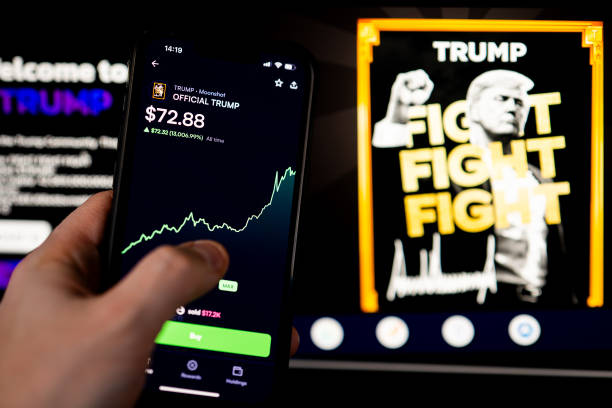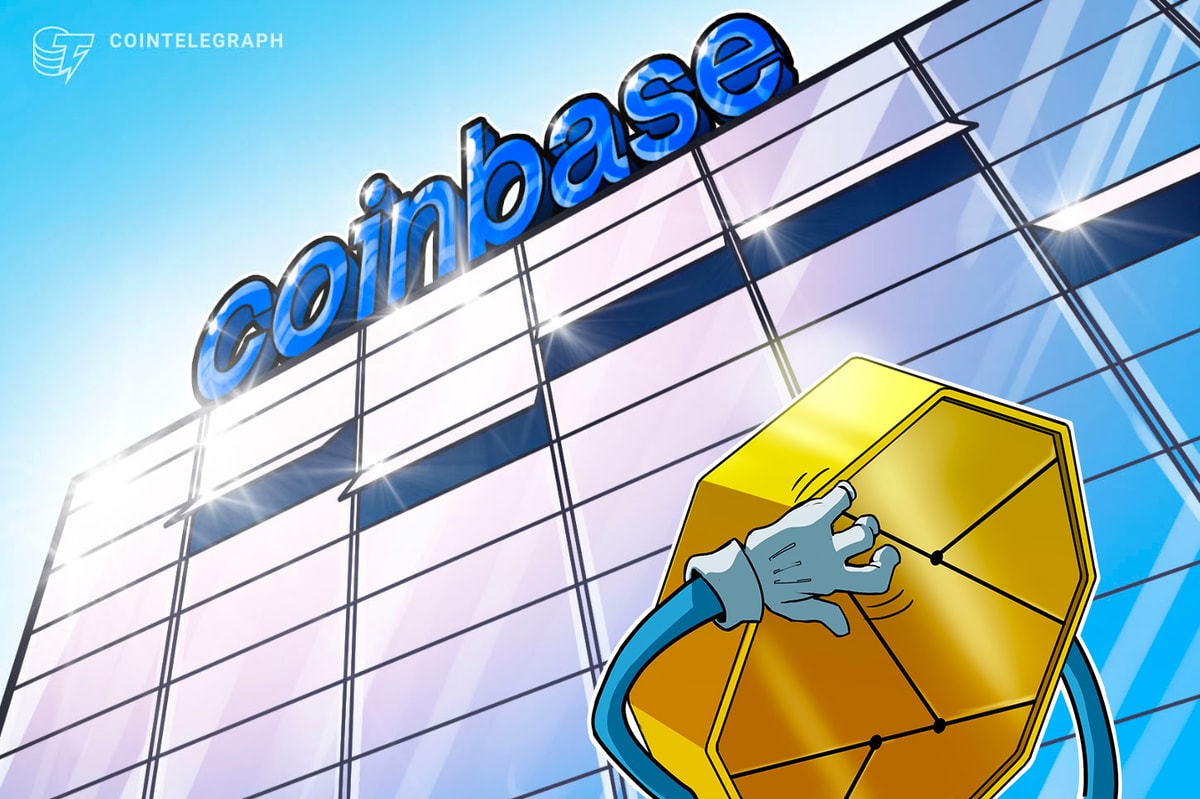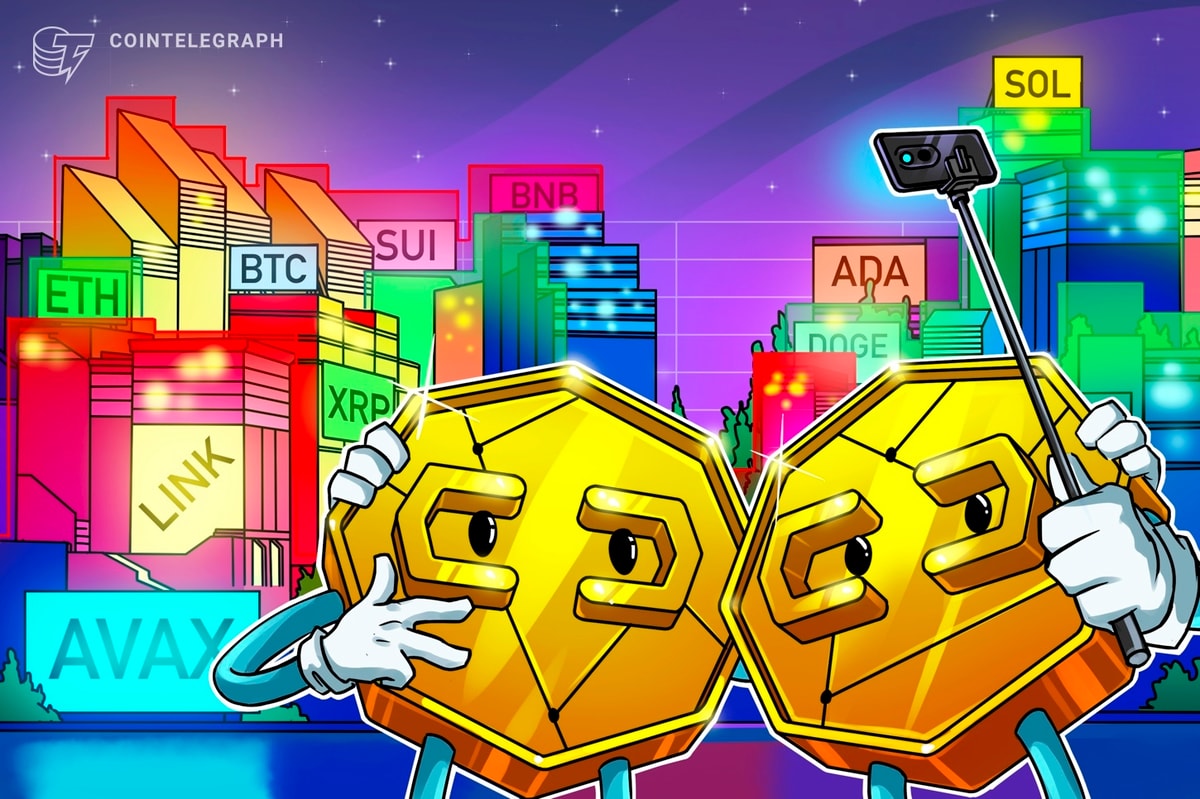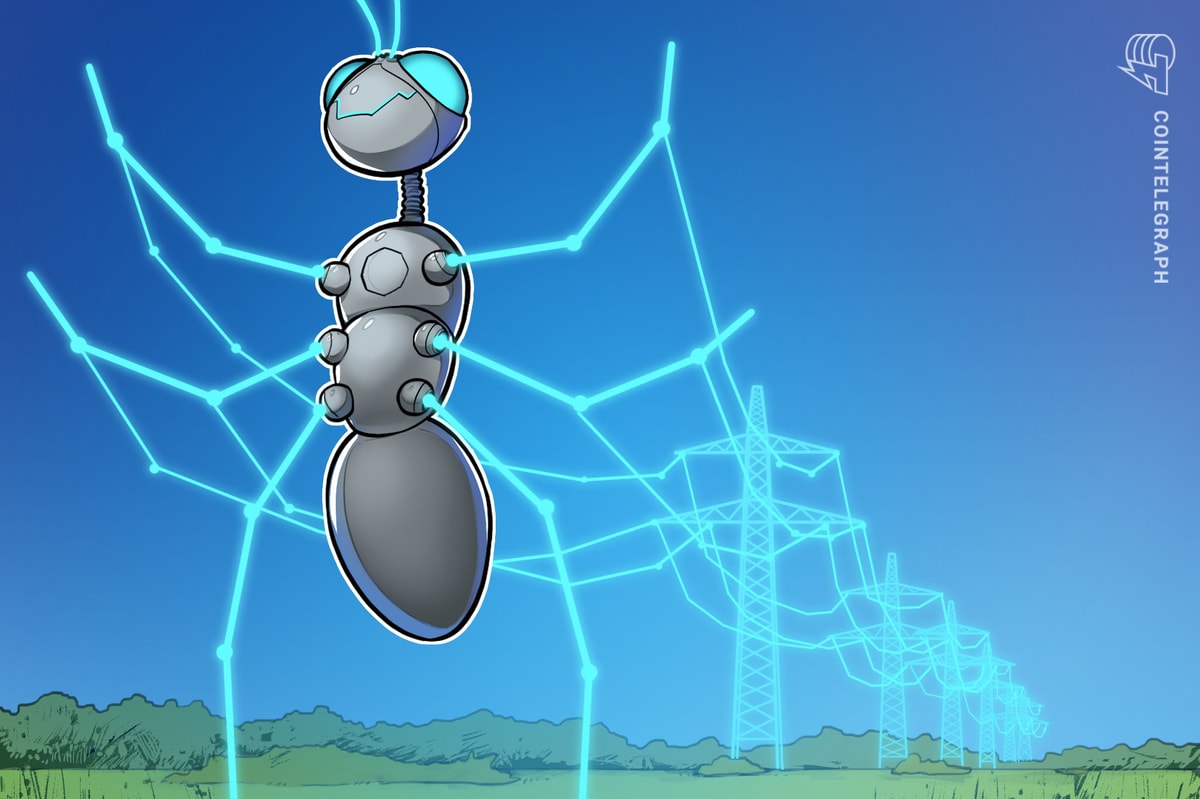In the 1990s, rock icon David Bowie decided to commoditize his music, selling asset-backed securities known as Bowie Bonds that gave his fans a share of royalties for 10 years. The bonds were issued by a major institution, which gave Bowie a whopping $55 million upfront so he could buy the publishing rights for his old songs.
It should come as no surprise that David Bowie was ahead of his time, not just in music and fashion, but also in how artists can leverage their work to make money.
Bowie Bonds are back. Well, sort of.
I’m talking about creator coins. Artists now have the option of minting their own digital currency, which fans can buy to support their work or even share in their success. Take Felicia Day, for example. The actress and Twitch streamer launched a coin to fund her work. Her fans get perks like podcast shoutouts, signed merch and video messages. Day gets a direct line to her fans (and their money) without having to use a crowdfunding platform like Patreon, which would take a 5% to 10% cut.
It’s not hard to understand the appeal. In today’s digital world, where a handful of giants control how artists publish and monetize their work, it’s never been more important for those artists to have a new way to get paid.
But where Bowie Bonds disrupted intellectual property rights near the end of the analog era, creator coins have the chance to be the harbinger of a new revolution in the way we use the internet and consume content. They present a more equitable way for everyone.
Why creator coins can be Web3’s breakout application
Web3 proponents say it will change the way we use social networks, how we bank and how we crowdsource money for causes. The common denominator: In the absence of centralized control, power defaults to the users themselves.
That sounds great. But the problem so far for Web3 is that most people just can’t relate. Applications centered around decentralized finance don’t really capture the hearts and minds of the average internet user.
In contrast, think about the way Facebook showed an entire generation the power and appeal of Web2 and social connectivity. It was easy to sign up for, intuitive to use and tapped into our most basic needs for sharing and affirmation. Web3 is still missing that “super app” that helps it reach critical mass.
But maybe not for long.
Creator coins, at least in theory, have a lot going for them. At the root, creator coins tap into the universal concept of fandom. But the appeal goes deeper than that.
For creators, there are obvious advantages to minting their own collectible currency. Consider this: YouTube takes 45% of all ad revenue generated by a creator’s original content. Creator coins cut out that middleman, leaving more for creators themselves. They provide a means to engage directly with an audience, circumventing the restrictions, commissions and headaches of centralized platforms. Artists can still publish on these platforms — like YouTube, TikTok or Substack — while selling coins to support themselves on a decentralized marketplace.
Then there’s the upside for fans. Scroll through the most popular coins on Rally and you’ll see a wide range of perks that come with them — one-on-one meetings with creators, exclusive access to new music or merchandise, online courses and so much more.
Beyond perks, creator coins may also be approached like a long-term investment, akin to Bowie Bonds — people can essentially buy a stake in an artist’s career. The value of the coin will rise and fall much the same as a stock on the stock market. For fans, there’s an opportunity to not only show your support for your favorite acts but also financially benefit when they do well. Plus, you’re investing — quite literally — in people you believe in, potentially leveling the playing field when it comes to systemic barriers.
Challenges with creator coins and how to overcome them
For all of these benefits, creator coins still pose challenges, both for creators and for users who want to purchase them.
The minting, buying and trading of creator coins are still far from seamless, and this has curbed adoption by creators and fans. Regulatory frameworks also remain murky, and there’s the added pressure of watching the value of your coin rise and fall like a stock on the stock market.
What’s needed is a better, more streamlined approach. This starts by acknowledging that 99% of people in the world aren’t crypto-natives. They don’t understand DeFi and may never care about the intricacies of Bitcoin derivatives. But what they do intrinsically relate to are those universals of music, celebrities and entertainment. An effective creator coin platform will have this direct tie to reality — providing a crystal clear link between a real-life influencer and their token.
At the same time, platforms need easy-to-use onboarding ramps. Individuals need to be able to use a simple email log-in to take advantage of Web3 capabilities, without the need to involve complex online wallets or exchanges.
Ultimately, creator coins provide a tangible way to connect with the people we already admire and follow. They bridge the digital and physical worlds — easing people into the world of Web3: enticing, but not daunting; innovative, but not over-complicated.
That’s not to suggest these things don’t come without risk. Bowie Bonds, for example, turned a lot of heads while accruing a solid 7.9% interest rate, until Napster came along. When music sales plummeted, so too did the value of the bonds. They were downgraded to junk status before the 10-year term was up.
But the question for me around creator coins is not if, but when? And who will play our Web3 Bowie?
Shafin Diamond Tejani is the founder and CEO of Victory Square Technologies, which supports technology startups through sustainable growth.
This article was published through Cointelegraph Innovation Circle, a vetted organization of senior executives and experts in the blockchain technology industry who are building the future through the power of connections, collaboration and thought leadership. Opinions expressed do not necessarily reflect those of Cointelegraph.
Learn more about Cointelegraph Innovation Circle and see if you qualify to join











